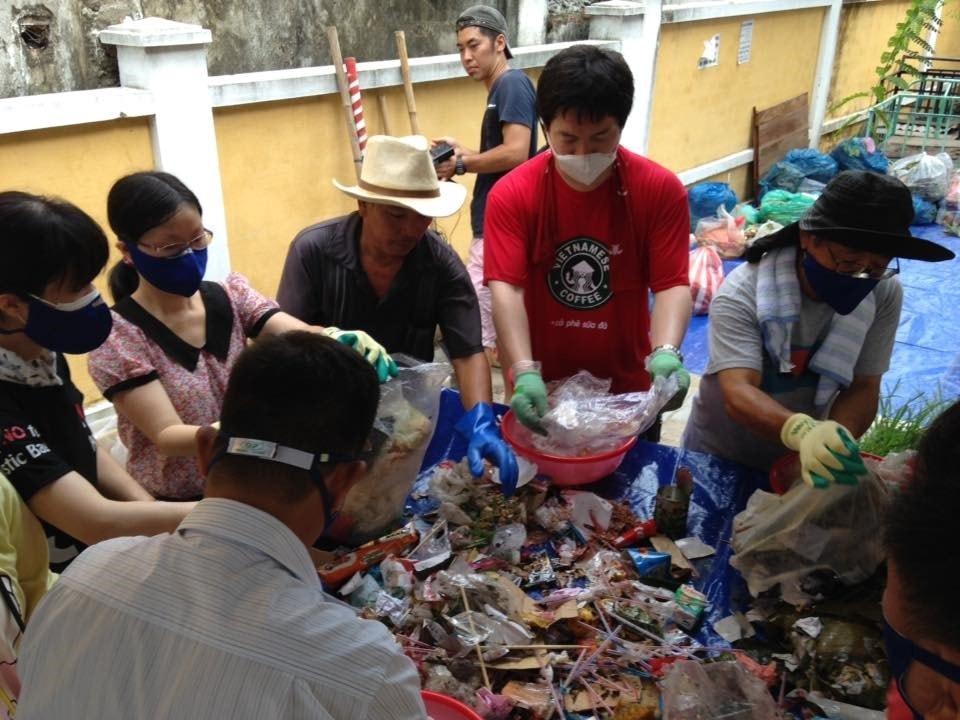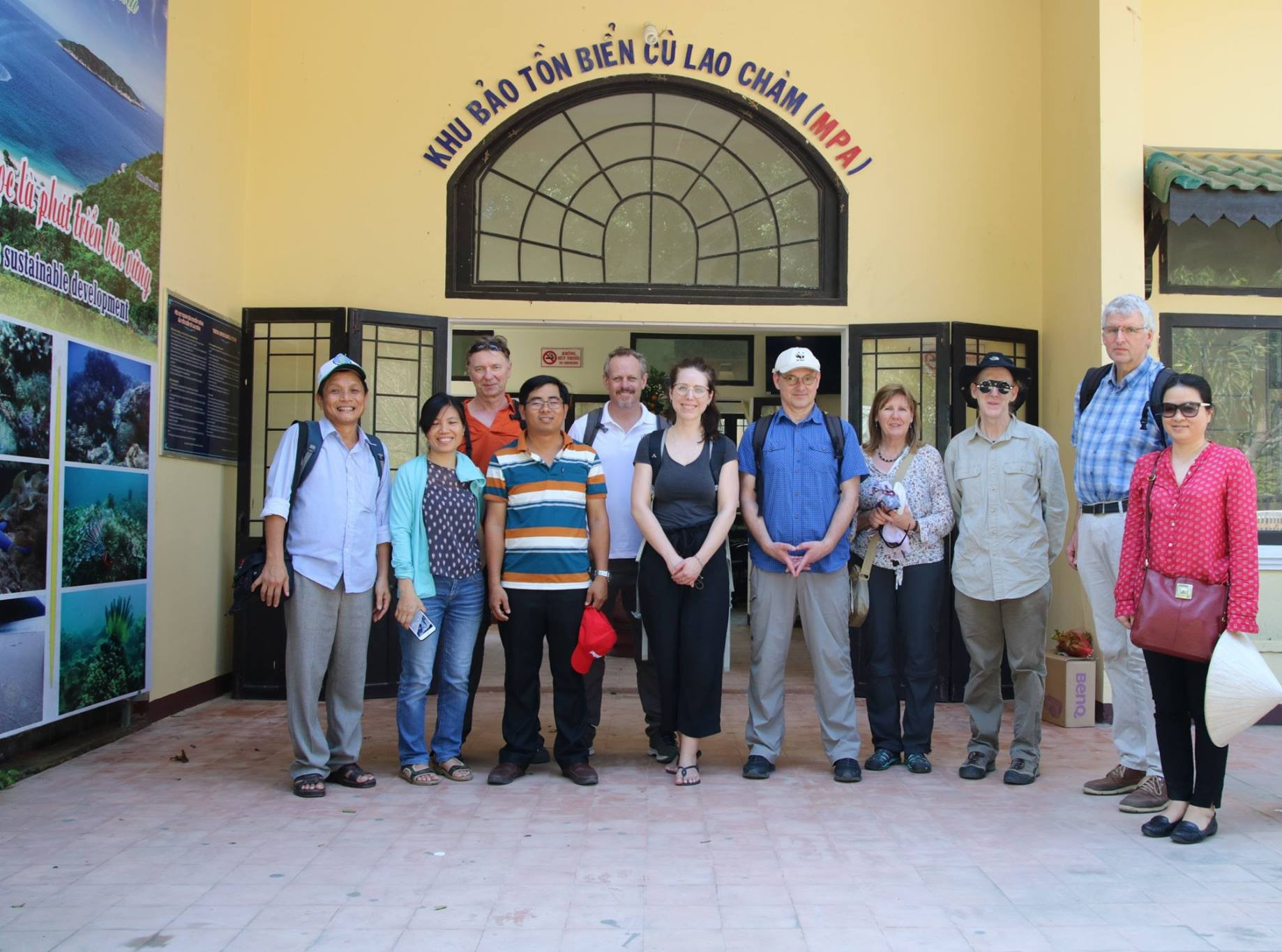International cooperation for environmental protection
(QNO) - Hoi An’s financial, scientific and technological capacities for environmental protection and climate change adaption are more and more increasing thanks to international cooperation.

There have been several training courses on waste reduction in Hoi An financed by JICA (Japan International Cooperation Agency) for years. Thereby, it helps raise the local awareness and actions related to waste treatment.
Besides, through JICA, the Government of Japan has helped Hoi An with 1.1 billion Japanese yens to build a water treatment plant with a capacity of 2,000m3 a day at the area of Japanese Covered Bridge.
The project is expected to better the quality of water in the area, showing the intimate relationship between Hoi An and Japan.
Hoi An city (Quang Nam province) has also got the cooperation with the Ministry of Environment and Climate Change of Canada, the Federation of Canadian Municipalities, and the Association of Cities of Vietnam to carry out the project on municipal solid waste management to minimize greenhouse gas emissions resulting in climate change in Vietnam.
The project implemented in Hoi An includes 3 main components, emission control and landfill rehabilitation, pilot compost production, waste collection in Cam Nam and Cam Ha along with the strategy for municipal solid waste management in Hoi An.
Thanks to the support from international and non-governmental organisations, Hoi An city has had more financial, scientific and technological capacities and experiences in environmental protection and management.
Several international cooperation projects have been doing in Hoi An such as Building Resilience to Natural Hazards in Central Vietnam by the United States Agency for International Development, Integrating biodiversity conservation into climate change adaptation and sustainable forest management of Vietnam's Central Truong Son landscape (funded by Global Environment Facility and Asian Development Bank), Coastal fisheries management and development by the Korea Fisheries Resources Agency, Natural resource management and biodiversity conservation integrated into the GEF’s socio-economic development planning and biosphere reserve management, Increasing capacities for research, management, and preservation and development in marine and island biosphere reserves (Blue Communities) by the University of Plymouth (UK).

Moreover, there are several other projects, including the Cam Thanh nipa palm forest restoration, building and repairing the embankments of the Cua Dai coastal area and the ancient quarter, dredging Co Co river and Lai Nghi - Phap Bao lake, building an urban wastewater collection network and a wastewater treatment system with a capacity of 6,750m3 a day in Cam Thanh commune by using the ODA loan from the Government of France.
According to the Hoi An city’s project on environmental protection until 2025, with a vision to 2030, sustainable waste management is the most important, creating an own recycling ecosystem of Hoi An, connecting with the regional and national recycling networks.
